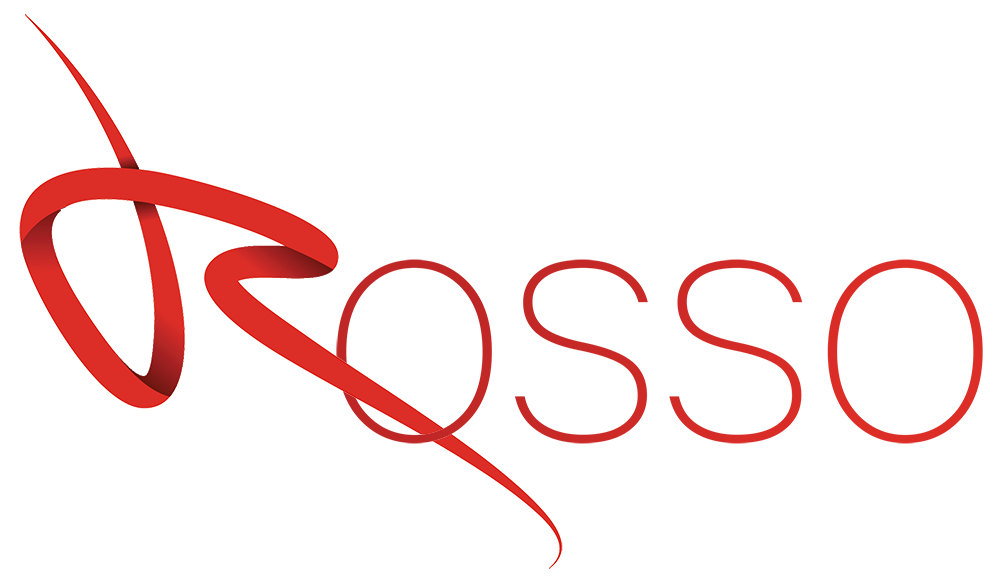Interior design is an art form that combines functionality and aesthetics to create beautiful and harmonious living spaces. At its core, interior design is about creating an environment that reflects the personality and style of its occupants. But what role does creativity play in the world of interior design? Let’s dive in and explore the fascinating intersection of interior design and creativity.
The Creative Process
Interior design is a highly creative field that requires a unique blend of artistic vision, technical skills, and practical knowledge. Designers are tasked with transforming empty spaces into functional and visually appealing areas. This involves carefully selecting colors, materials, furniture, and accessories that not only look good but also enhance the functionality of the space.
One of the key aspects of interior design is the ability to think outside the box and come up with innovative solutions. Creativity is at the heart of this process, as designers constantly seek to push boundaries and challenge traditional design norms. They experiment with different textures, patterns, and layouts to create spaces that are visually striking and evoke a certain mood or ambiance.
Inspiration from the World Around Us
Creativity in interior design is often fueled by inspiration from the world around us. Designers draw inspiration from a variety of sources, such as nature, art, culture, and architecture. They observe how colors and patterns interact in the natural world and translate that into their designs. They study the works of famous artists and architects to understand different design philosophies and techniques.
Moreover, interior designers also incorporate elements of culture and history into their designs. They may draw inspiration from a specific time period or a particular cultural style. This blend of creativity and cultural influence adds depth and richness to the design, making it unique and personalized to the client’s tastes and preferences.
Creating Emotional Connections
Interior design is not just about creating visually appealing spaces; it is also about creating emotional connections. A well-designed space has the power to evoke emotions and elicit a positive response from its occupants. This is where creativity plays a crucial role.
By carefully selecting colors, textures, and lighting, designers can create a certain atmosphere or mood in a space. For example, warm colors and soft lighting can create a cozy and intimate atmosphere, while bright colors and natural light can make a space feel vibrant and energetic. These design choices are made with the intention of evoking specific emotions and creating a sense of comfort and well-being.
The Future of Interior Design and Creativity
The field of interior design is constantly evolving, and creativity will continue to be at its core. As new technologies emerge and design trends evolve, designers will need to adapt and find innovative ways to incorporate these changes into their work.
With the rise of sustainable design and the increasing focus on wellness and well-being, creativity will play a vital role in creating spaces that are not only aesthetically pleasing but also environmentally friendly and conducive to a healthy lifestyle.
In conclusion
Interior design is a fascinating field that relies heavily on creativity. From the initial concept to the final execution, designers use their creative skills to transform spaces and create environments that are both functional and visually appealing. By drawing inspiration from the world around us and creating emotional connections through design, interior designers bring life and personality to the places we inhabit.

